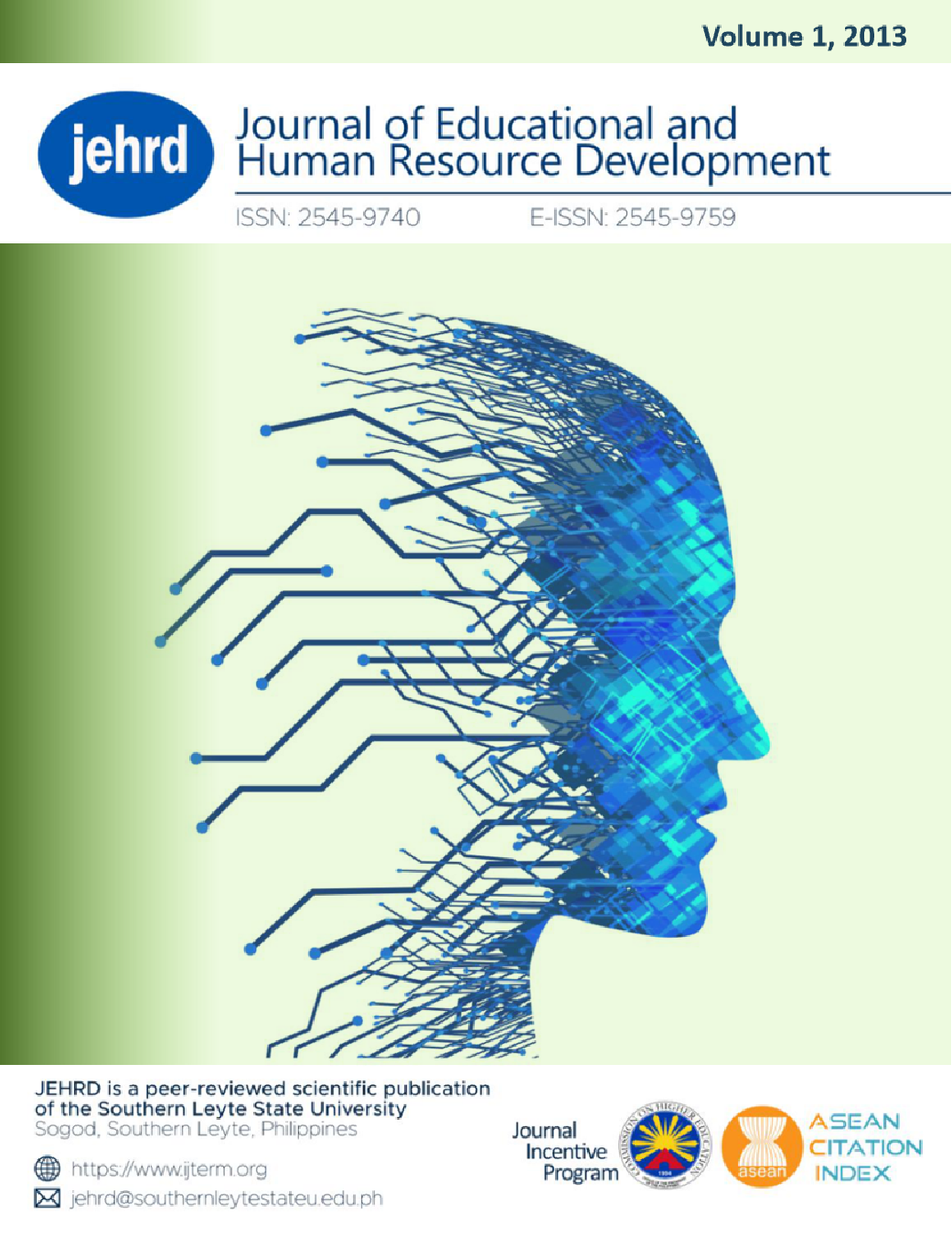TRADE-OFF METHOD FOR CRITERIA DEVELOPMENT IN PERFORMANCE EVALUATION OF STUDENT SERVICES UNITS
DOI:
https://doi.org/10.61569/ahjx4n44Keywords:
trade-off method, student services units, performance evaluationAbstract
The role of evaluation as part in the execution of organizational plans continue to hold its place in determining the effectiveness of programs, projects, and activities. Aimed to respond and cater genuinely the needs and welfare of the whole student body, this qualitative-quantitative study determines the criteria for measuring the performance of the nine units of the Office of Student Services (OSS) of SLSU-Tomas Oppus, on the basis of the clients’ opinions, thoughts, or judgment. A pilot tested opinionnaire was transformed into a questionnaire in which criteria was set by the respondents. With the identified criteria, another questionnaire was derived where the two pair system of modified Delphi Method of the evaluation was utilized, trading a criterion in a pair to test their stability. Significant trade-offs of criteria were observed in the Admission and Retention Unit and Food Services Unit. The criteria derived speak of convenience of procedures and schemes; benefits for students; attitude and expertise of personnel; availability of resources; quality of service and clean environment; functionality and security of building and facilities; prompt production and distribution of publication; organization officers’ character and know-how in managing responsibilities and accountabilities; and support for the development of the University. Hence, the tool for the evaluation of OSS units is made on these bases.
Downloads
Published
Issue
Section
License

This work is licensed under a Creative Commons Attribution 4.0 International License.
This is an open access article distributed in accordance with the Creative Commons Attribution 4.0 Unported (CC BY 4.0) license, which permits others to copy, redistribute, remix, transform and build upon this work for any purpose, provided the original work is properly cited, a link to the license is given, and indication of whether changes were made. See: Creative Commons Attributions 4.0 International License.








